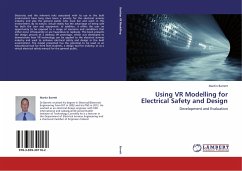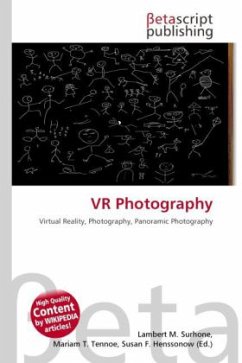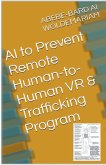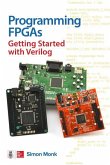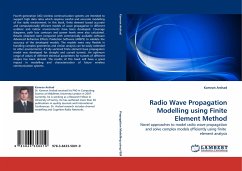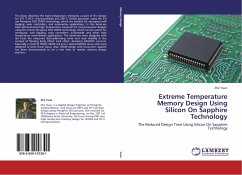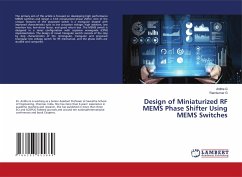Electricity and the inherent risks associated with its use in the built environment have long since been a priority for the electrical services industry and also the general public who must live and work in this environment. By its nature, virtual reality has the advantage of being safe for both the user and equipment. In addition, it offers the user an opportunity to be exposed to a range of scenarios and conditions that either occur infrequently or are hazardous to replicate. This book presents the design process of a desktop VR prototype, which was developed to demonstrate how VR technology can be applied to the electrical services industry and used to enhance electrical safety and design in the built environment. The model presented has the potential to be used as an educational tool for third level students, a design tool for industry, or as a virtual electrical safety manual for the general public.
Bitte wählen Sie Ihr Anliegen aus.
Rechnungen
Retourenschein anfordern
Bestellstatus
Storno

